The True Story of The Monuments Men
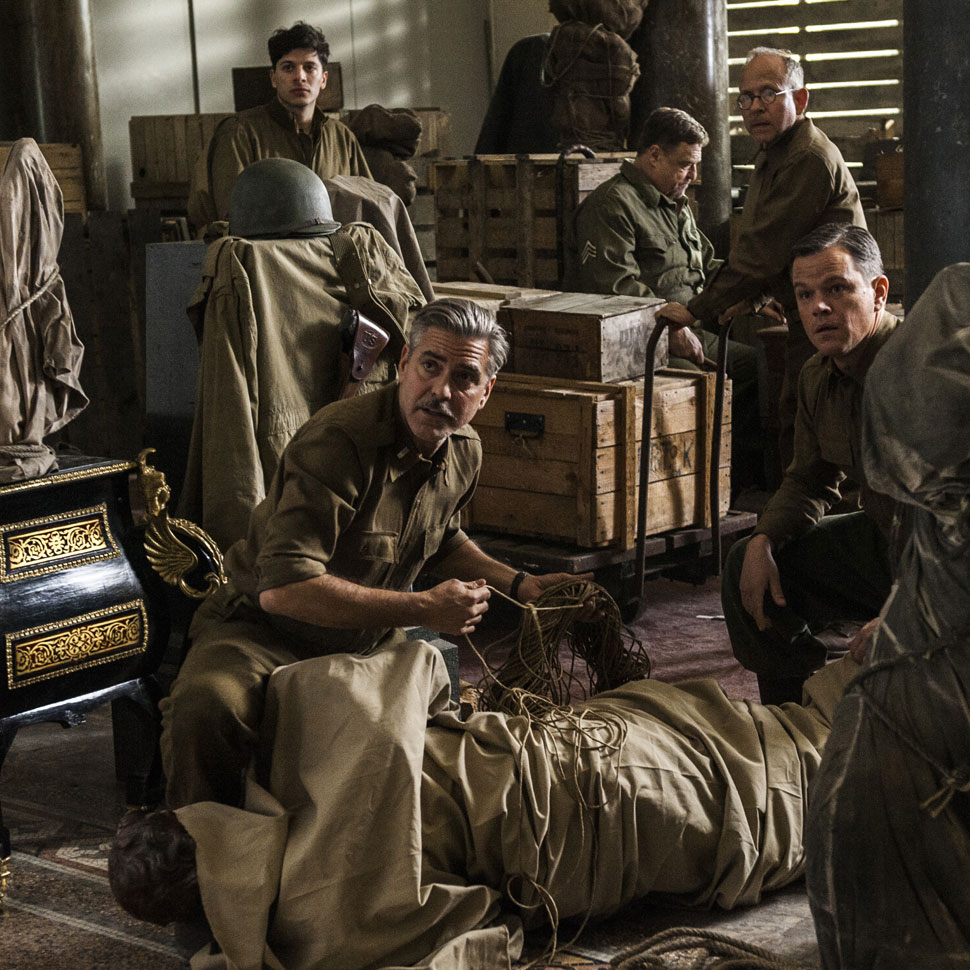
George Clooney’s latest movie, The Monuments Men, reveals a long overlooked battle waged between Nazi Germany and Allied art experts during WWII.
Inspired by a book of the same name, The Monuments Men follows a specially selected group of men tasked with the job of recovering millions of pieces of art looted by the Nazis in World War II.
With a huge Hollywood cast including leading men Matt Damon, Bill Murray, John Goodman and Hugh Bonneville, the movie is an entertaining war caper with an astonishing true story at its heart.
Read on to learn more about the real Monuments Men and the precious works of art they recovered and returned to their rightful homes...
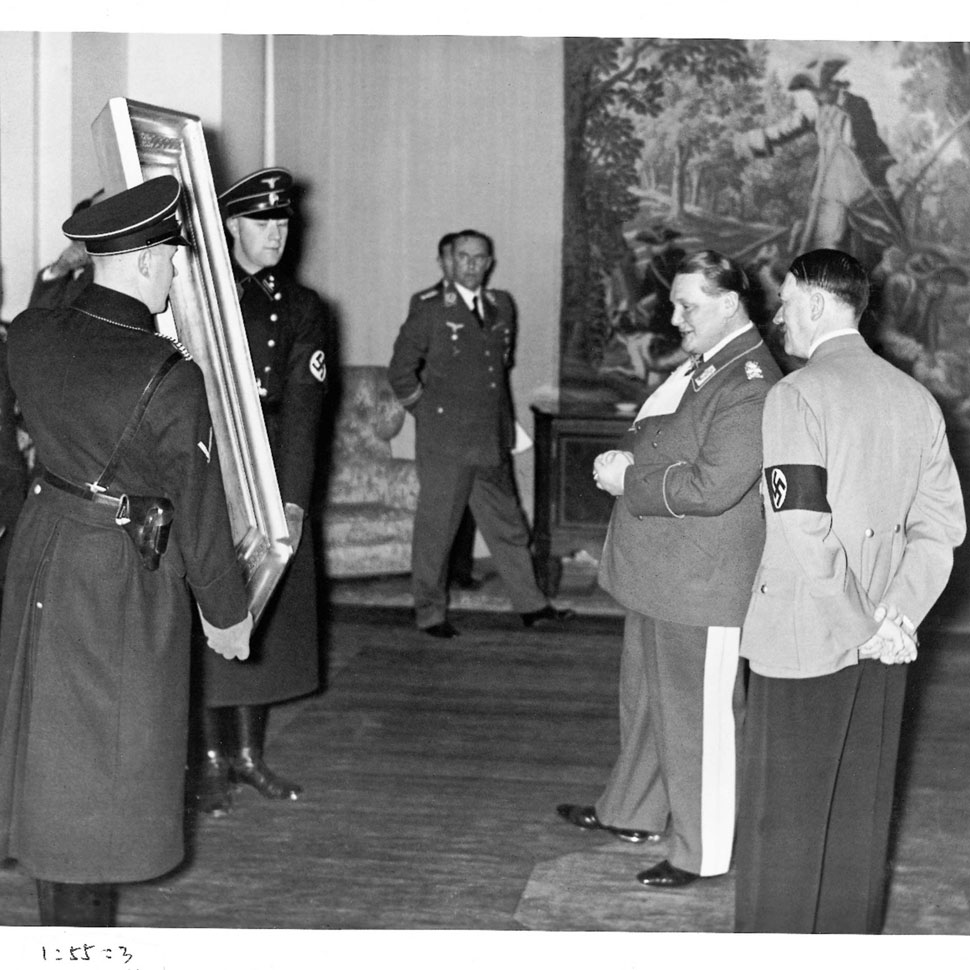
Hitler and Goering survey works of art
An art enthusiast himself, Hitler had formed his own group of men to plunder Europe of its most treasured masterpieces. After the war, he planned to display his spoils in the Führer Museum, which was to be one of the finest in the world and located in his hometown of of Linz, Austria. The scheme thankfully died with Hitler in 1945, when it fell to the Monuments Men to track down the missing artwork and provide refuge for them until they could be returned to their countries of origin.
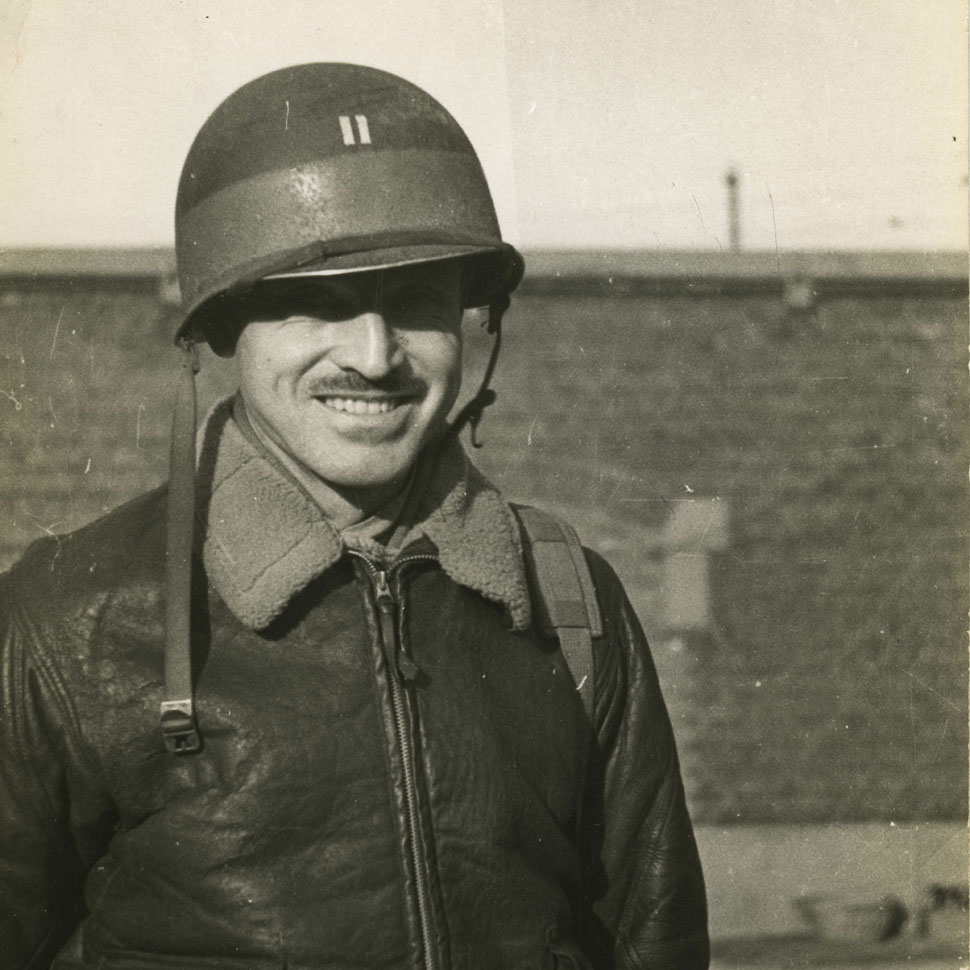
Lieutenant George Stout
Leading the 350 men and women was Harvard Art Conservationist George Stout, who Clooney’s character Frank Stokes is based on. Stokes’ mission successfully uncovered and returned much of the stolen art but it was no easy task. Lieutenant George Stout, U.S. First Army and U.S. Twelfth Army Group. Age: 47. Born: Winterset, Iowa.
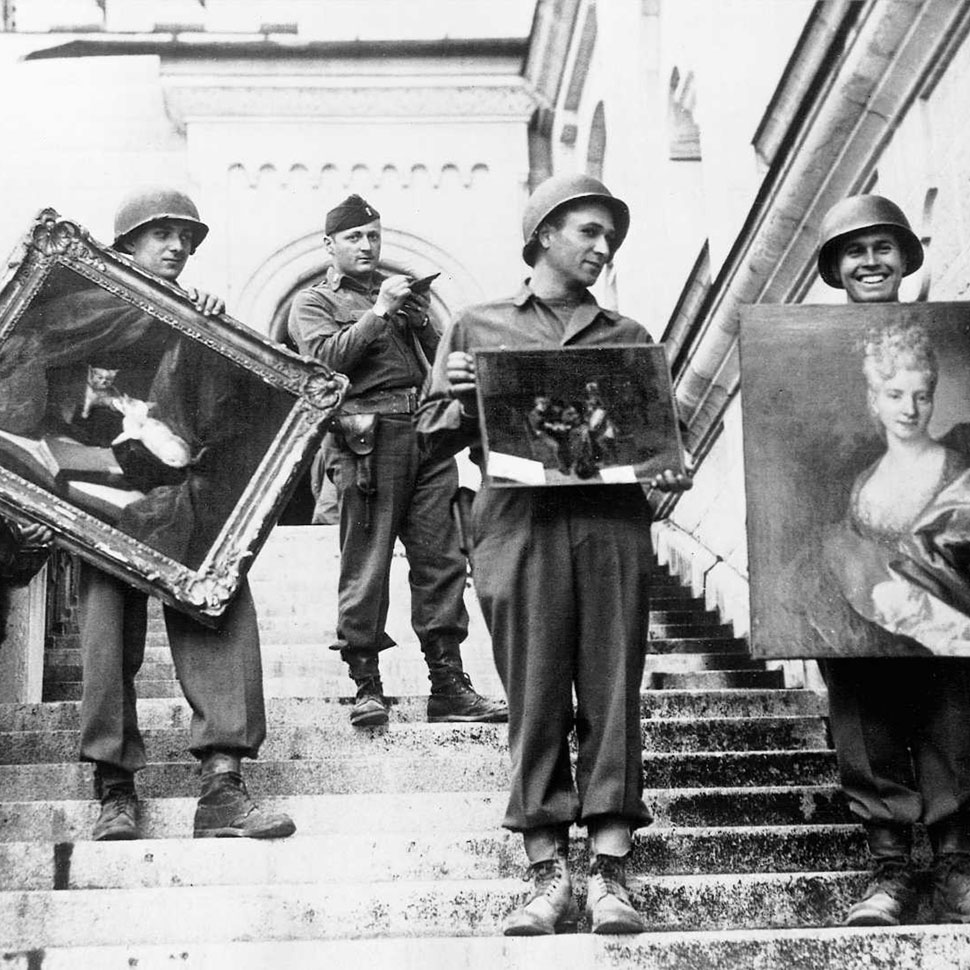
Neuschwanstein and Captain James Rorimer
The seven-year conflict had swallowed up millions of significant cultural objects, which had been hidden away in salt mines, abandoned buildings and castles in Germany. Neuschwanstein Castle was the key Nazi repository for the greatest works of art stolen from France. This image shows American GIs carrying paintings down the steps of Neuschwanstein under the watchful eye of one of the first Monuments Men, Captain James Rorimer. Rorimer was a curator at the Metropolitan Museum of Art in New York who Matt Damon’s character James Granger is based on in the film.
Sign up to our free daily email for the latest royal and entertainment news, interesting opinion, expert advice on styling and beauty trends, and no-nonsense guides to the health and wellness questions you want answered.
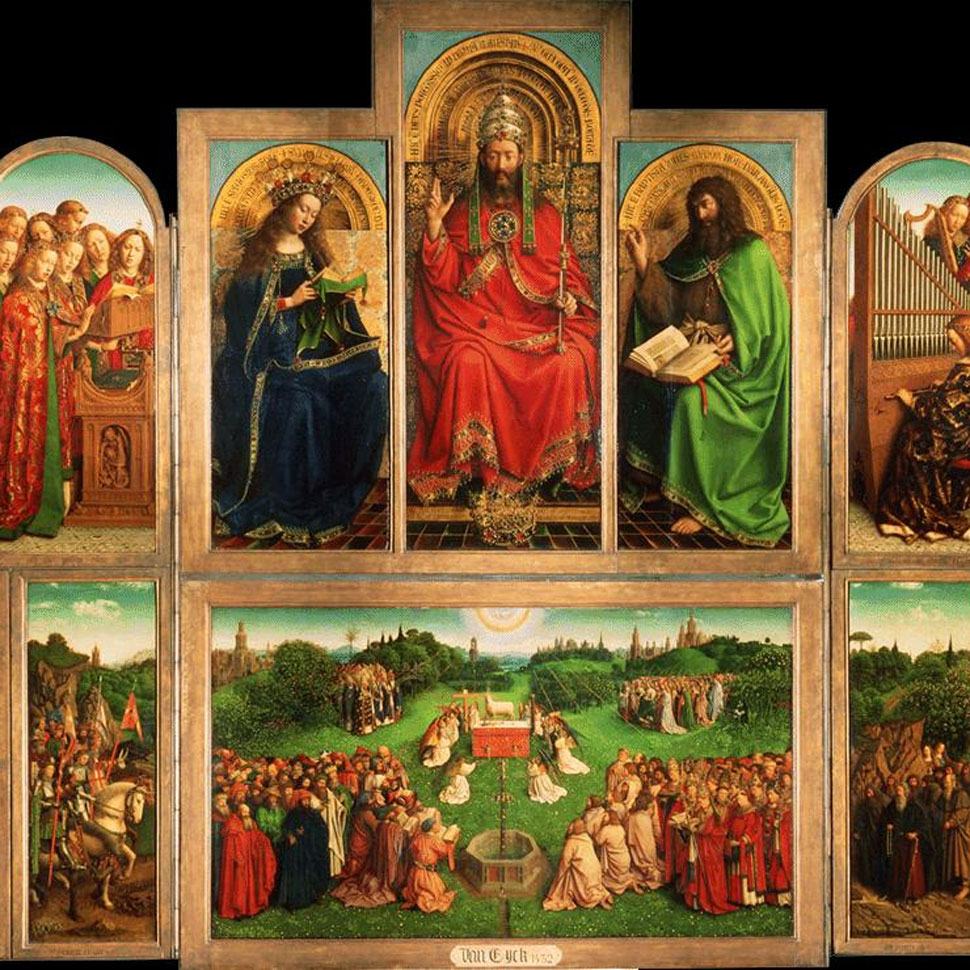
The Ghent Altarpiece
One of the most significant cultural pieces recovered by the Monuments Men was Jan van Eyck's Ghent altarpiece, a 15th-century masterwork the Nazis had looted from Belgium.
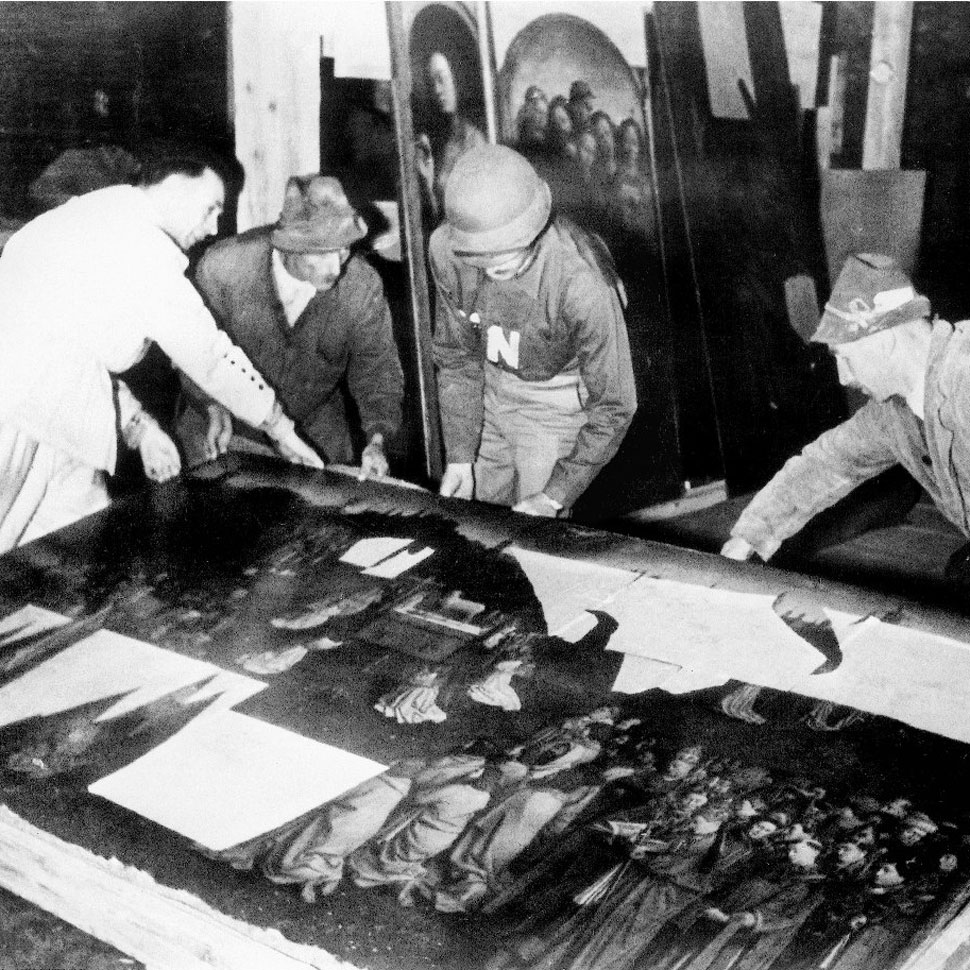
George Stout and the Ghent Altarpiece
Recovered in the mine at Altaussee, the Ghent Altarpiece was particularly difficult to remove due to the size and weight of the panels. Here you can see George Stout helping to transport the panels through the narrow passageways. It was eventually returned to its rightful home Saint Bavo Cathedral in Ghent, where it still stands.
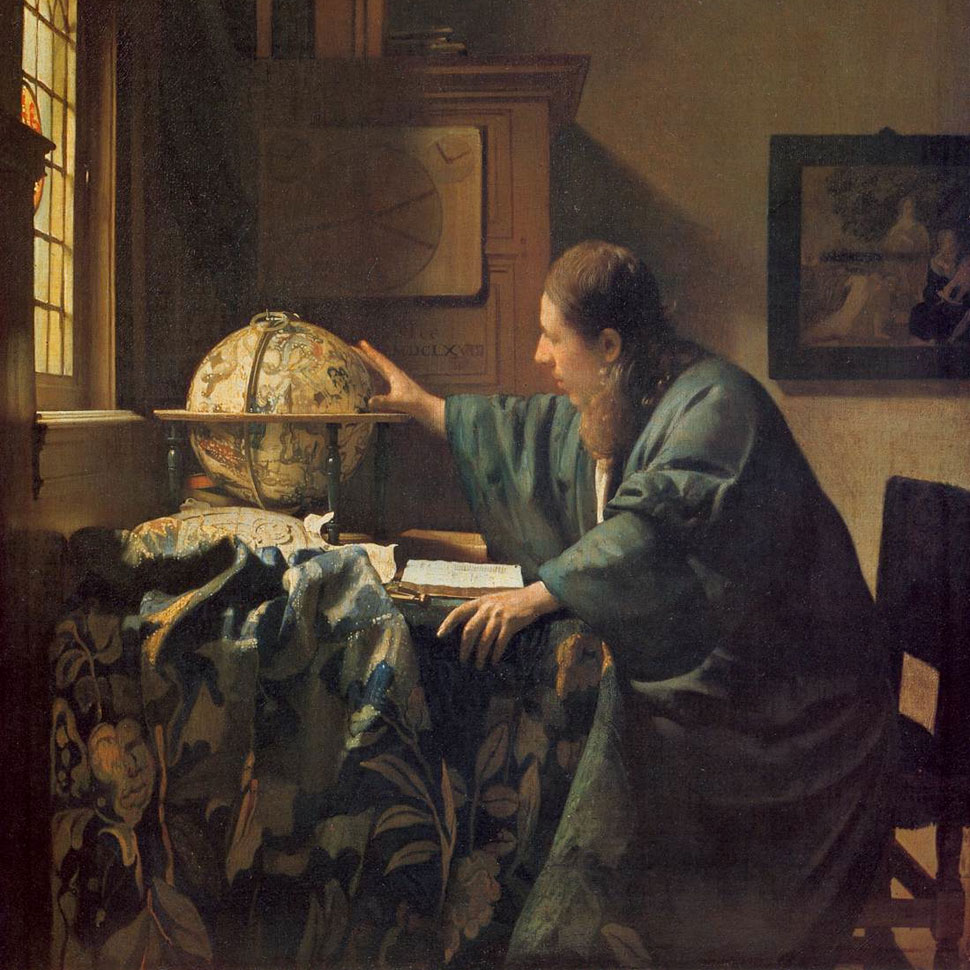
Jan Vermeer’s The Astronomer
This 17th Century Dutch painting was seized from owner Édouard de Rothschild when Paris fell in 1940. De Rothschild was a Jewish collector whose art had been coveted by Hitler since before the start of the war.
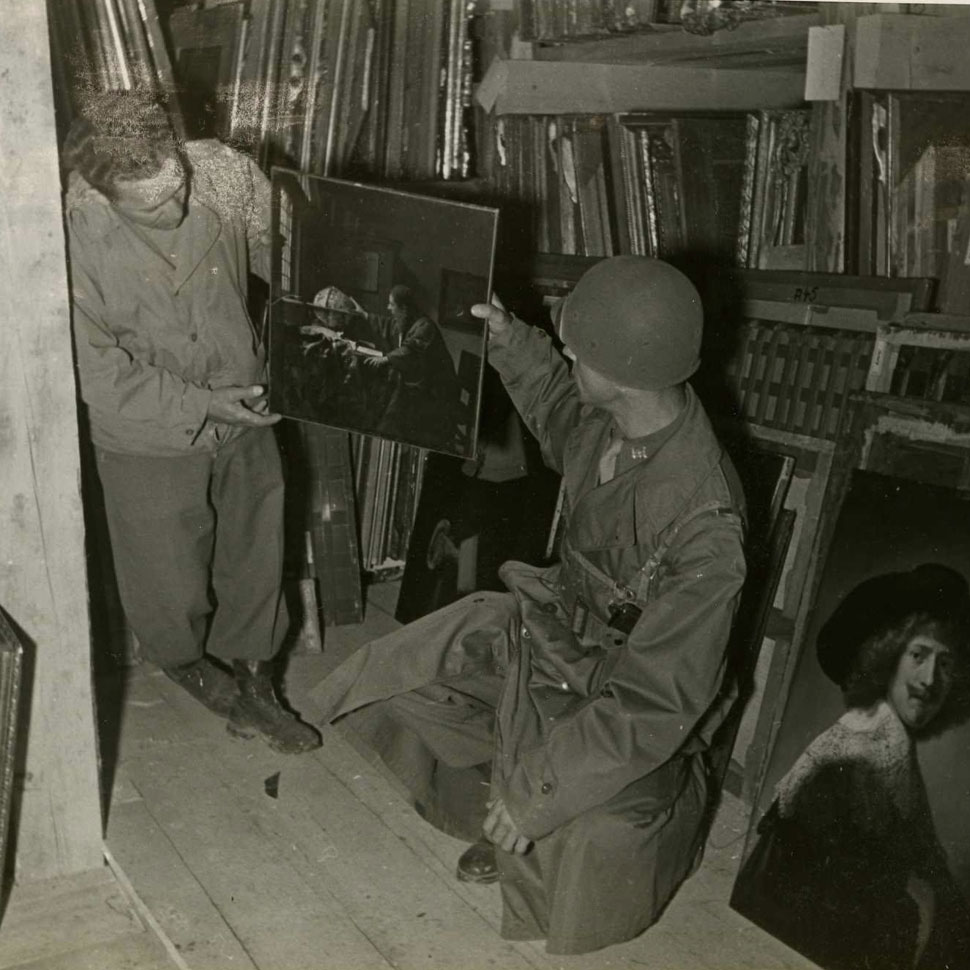
The Astronomer at Altaussee
Vermeer's Astronomer was one of thousands of precious works of art uncovered in the Altaussee mine by the Monuments Men. It was returned to Paris and is now on display in the Louvre.
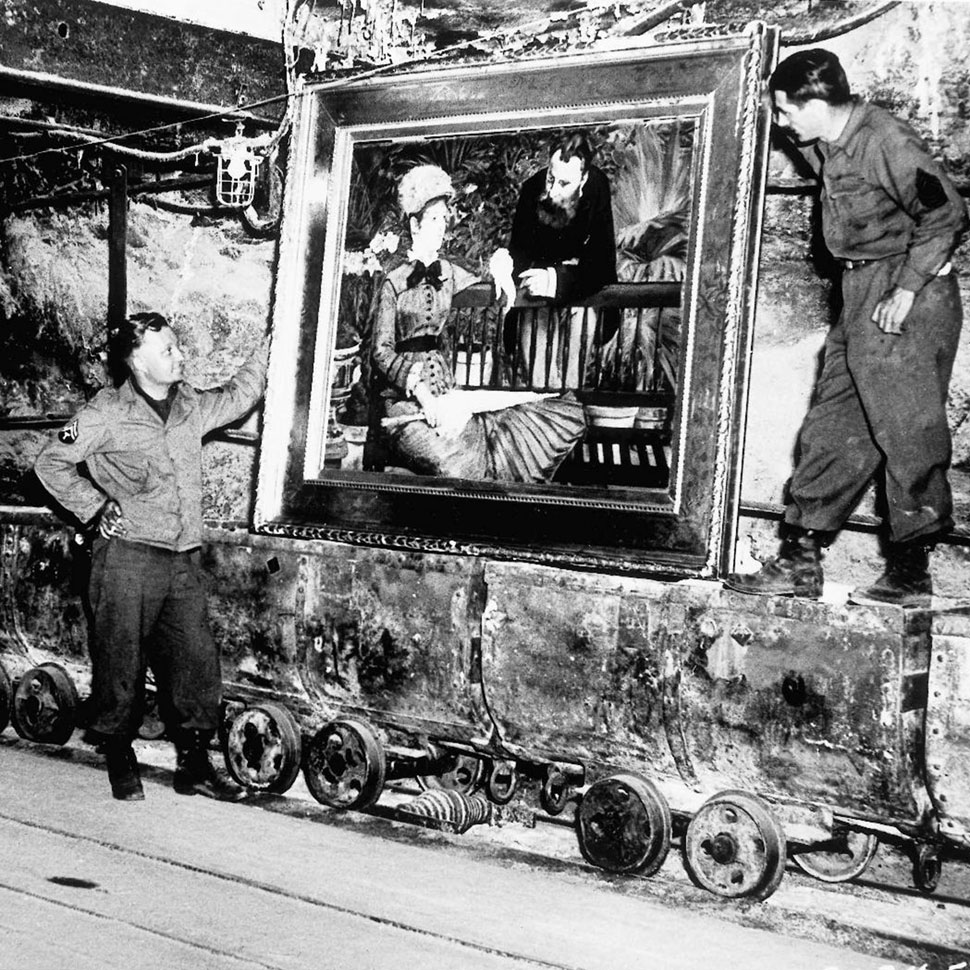
Manet in Merkers Mine
American GIs admire Edouard Manet's In the Conservatory, one of hundreds of masterpieces discovered in Merkers Mine along with around 220 tonnes of gold bullion and banknotes and coins worth millions - the entire reserves of the German National Bank.
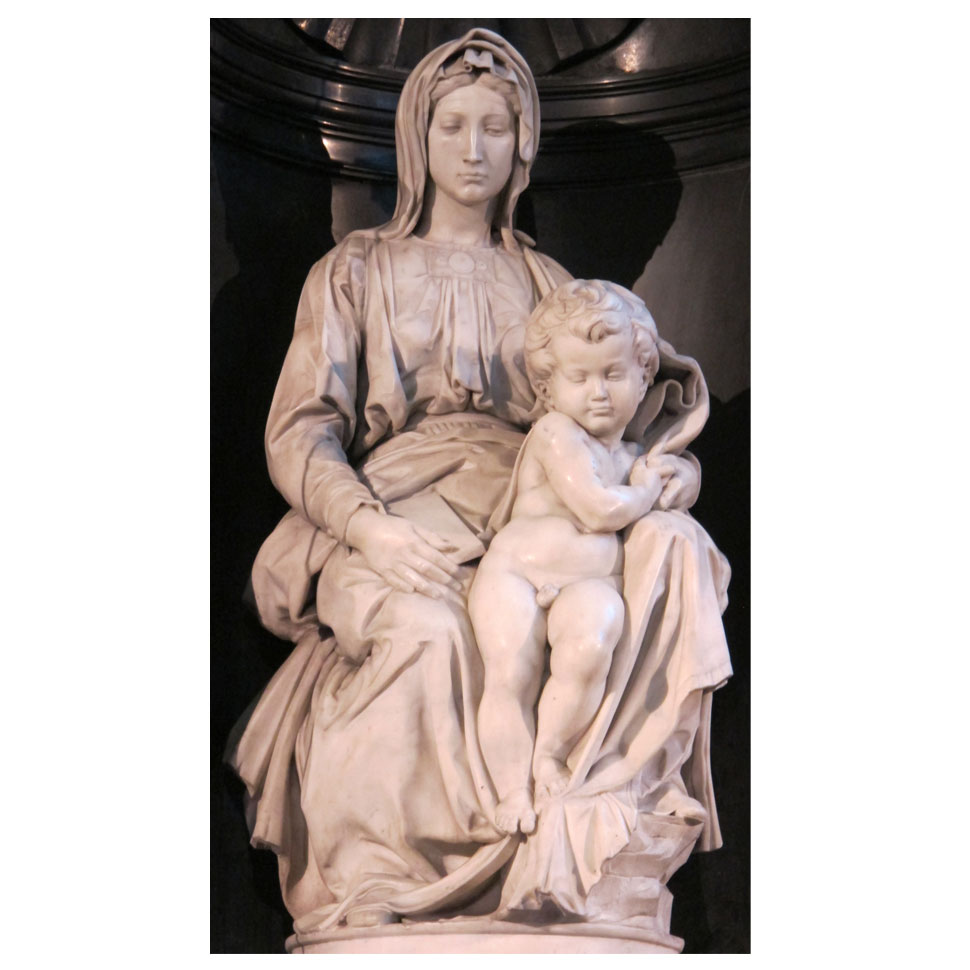
Michelangelo's Madonna of Bruges
This marble sculpture of Mary and Jesus was the only of Michelangelo’s works to leave Italy during his lifetime. He sold it to a family of wealthy cloth merchants in Bruges. It was removed by German soldiers in 1944 who smuggled it out of the country in a Red Cross lorry then hid it in the Altaussee mine.
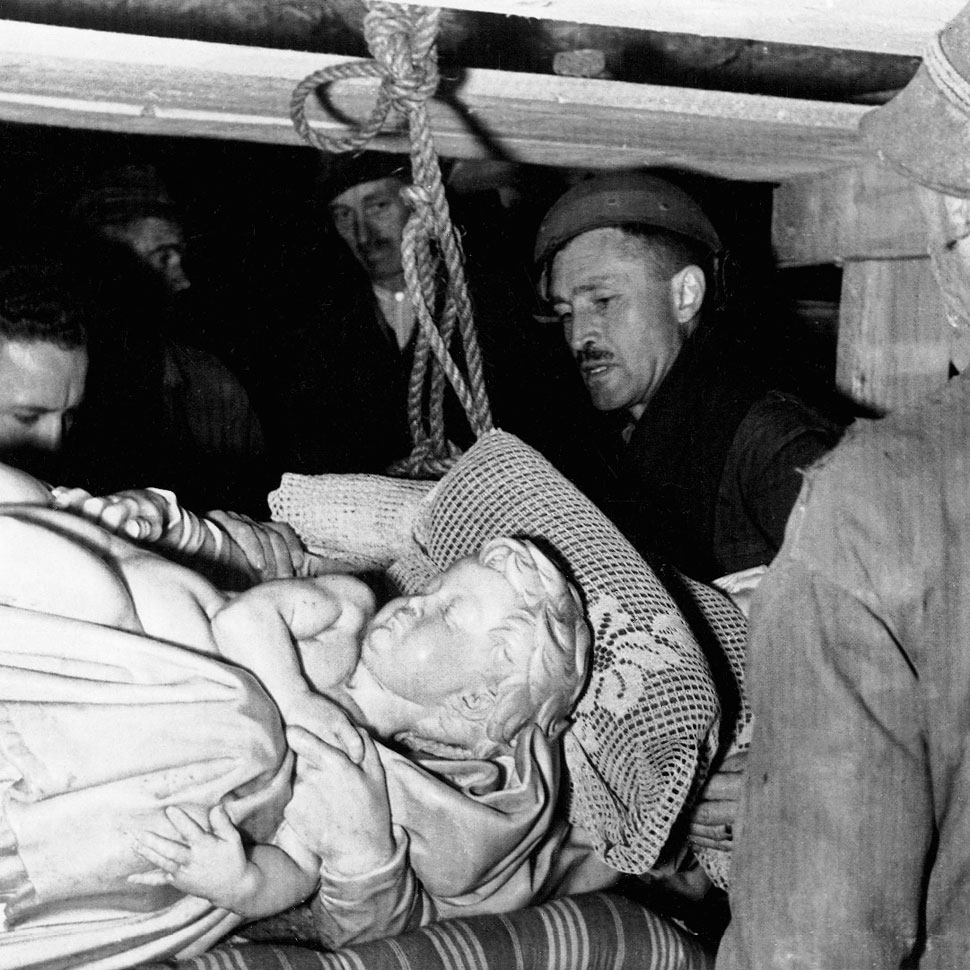
Stout and Michelangelo's Madonna
Stout constructed a pulley to lift Michaelangelo's Madonna onto the salt cart to begin its long trip home to Belgium from the salt mine in Altaussee. It now sits in the Church of Our Lady in Bruges.
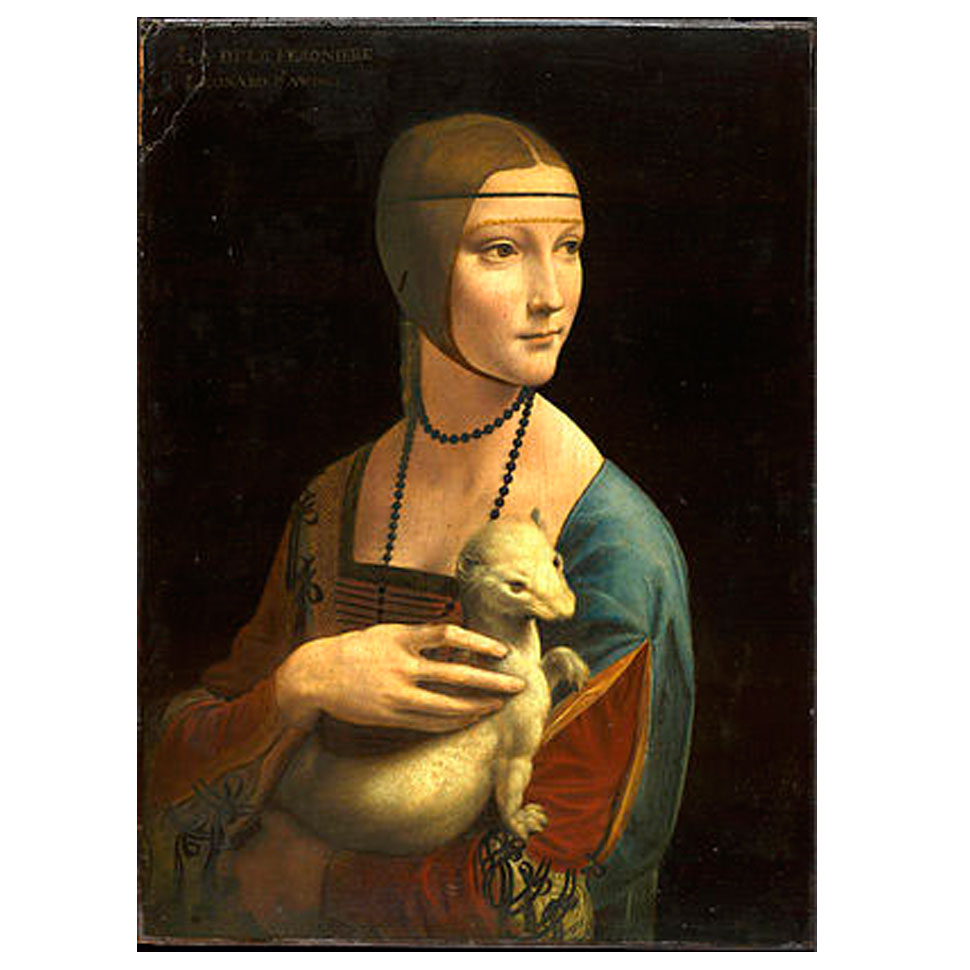
Leonardo Da Vinci's Lady with an Ermine
Another of the works of art Hitler was determined to steal was Leonardo's Lady with an Ermine. It was seized from Krakow within two months of Poland’s invasion, along with Rembrandt's Landscape with the Good Samaritan and Raphael's Portrait of a Young Man. The latter was never recovered but Lady with an Ermine was found by the Monuments Men and is now on display in the Czartoryski Museum, back in Krakow. Leonardo Da Vinci, Lady with an Ermine (Portrait of Cecilia Gallerani), c.1483-88
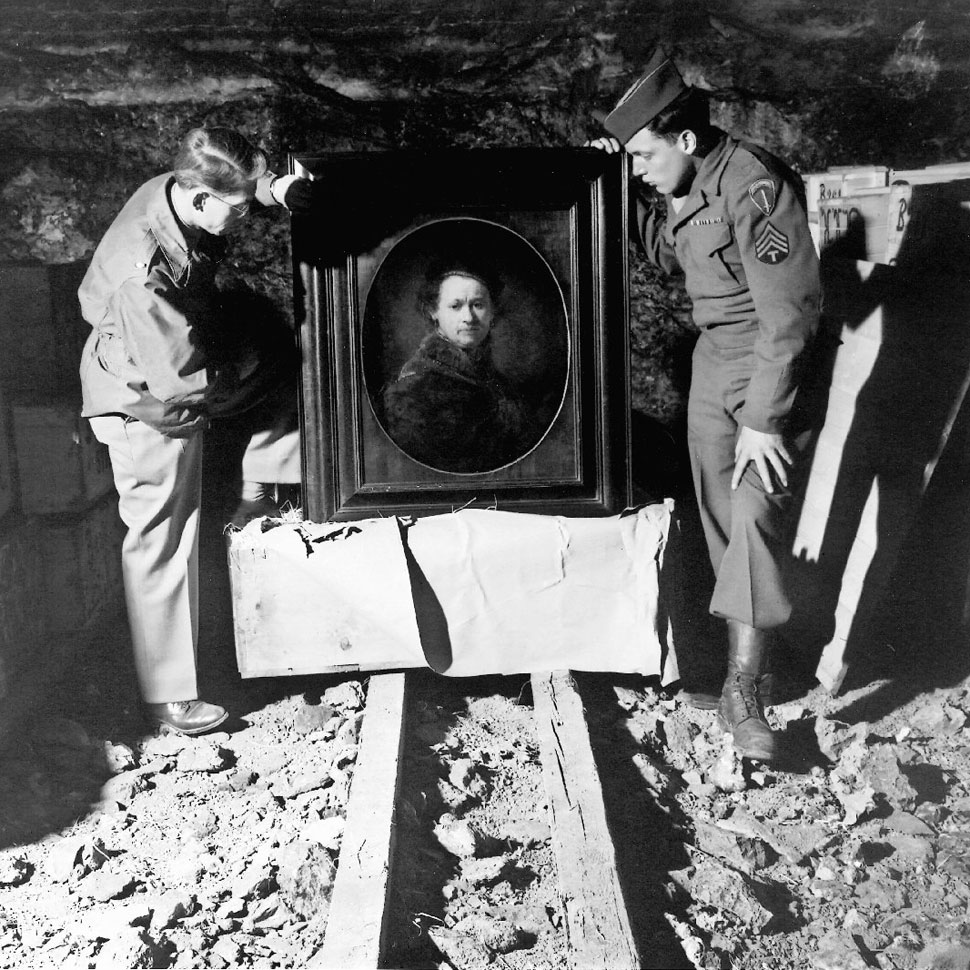
The legacy of the Monuments Men
A self-portrait by Rembrandt was one of thousands of paintings and other works of art stored in crates in the Heilbronn mine. Here, real Monuments Men Dale V. Ford (left) and Harry Ettlinger inspect the painting. Ettlinger is one of the few surviving Monuments Men today. Of the original 350 Monuments Men (including a score of Monuments Women) no more than 12 are known to be alive – another of these, a retired Texas oilman and philanthropist named Robert M. Edsel has made it his mission to call attention to their wartime deeds establishing the Monuments Men Foundation for the Preservation of Art. Hopefully George Clooney’s Hollywood blockbuster will also help bring these remarkable men and women the recognition they deserve. The Monuments Men is in cinemas from 14 February